Hi Vis Hoodie Reflective Camo Green Neon Skull With Canada Flag Veteran
29.99 $ – 59.99 $

Understanding Hi Vis Hoodies: Features and Benefits
Hi vis hoodies are an essential piece of safety gear designed to increase visibility and protect individuals working in various industries, particularly in environments with low-light conditions. One of the primary features of these garments is the use of high visibility materials, often characterized by fluorescent colors such as yellow, orange, or lime green. These vibrant hues are crucial in ensuring that workers are easily seen by others, particularly vehicles and machinery operators, thus reducing the risk of accidents.
Another significant feature of hi vis hoodies is the incorporation of reflective strips. These strips are strategically placed to enhance visibility, especially during night hours or in poor weather conditions. The reflective properties enable light from headlights or worksite lighting to bounce off the hoodie, thus making the wearer conspicuous even in dim settings. This function is critical in workplaces like construction sites, roadwork zones, and emergency response situations, where visibility can mean the difference between safety and danger.
Beyond their safety features, hi vis hoodies offer remarkable comfort during prolonged use. Designed with materials that provide insulation, these hoodies can accommodate varying weather conditions, making them suitable year-round. Their dual-functionality not only serves as outerwear but also as protective gear, suitable for workers who need to stay warm while maintaining a safe profile. Industries such as transportation, construction, and emergency services frequently utilize hi vis hoodies to comply with safety regulations while ensuring comfort. In these environments, the benefits of wearing these garments become evident, as they contribute significantly to worker safety and productivity. Understanding the features and benefits of hi vis hoodies highlights their indispensable role in promoting safety while offering comfort and versatility in challenging work settings.
Choosing the Right Hi Vis Hoodie: A Buying Guide
Selecting the appropriate hi vis hoodie is crucial for ensuring safety and comfort in various working environments. When evaluating potential hoodies, the first factor to consider is the material quality. Look for fabrics that offer durability and moisture-wicking properties, which not only enhance comfort but also maintain visibility in different weather conditions. Common materials used in high visibility hoodies include polyester and cotton blends, which balance breathability with strength.
Size and fit are equally important considerations. A well-fitting hoodie should allow for ease of movement without feeling restrictive. It is advisable to try on different sizes or consult brand-specific sizing charts to find the ideal fit. Additionally, choosing between a pullover or zip-up design can impact functionality depending on personal preferences and the nature of the tasks performed. Zip-up styles provide versatile ventilation options, while pullovers may deliver added warmth in cold conditions.
Compliance with safety standards, such as ANSI/ISEA regulations, is another critical factor when selecting a hi vis hoodie. Ensure that the hoodie features the requisite reflective strips and high-visibility color for the specific work environment. It is beneficial to read product reviews and testimonials, as these can offer insight into the performance and durability of different brands and models. Real-life experiences can guide prospective buyers in understanding how a particular hoodie performs over time in various work conditions.
Lastly, consider care instructions and durability for repeated use, as this can greatly affect the long-term value of the investment. A hoodie that withstands frequent washing without losing its color or reflective properties is a cost-effective choice. Ultimately, taking the time to evaluate these essential aspects will lead to a well-informed decision, ensuring that the chosen hoodie meets personal safety and comfort needs effectively.
| Types | T-SHIRT, NORMAL HOODIE, ZIPPED HOODIE |
|---|---|
| Size | S, M, L, XL, 2XL, 3XL, 4XL, 5XL |
Be the first to review “Hi Vis Hoodie Reflective Camo Green Neon Skull With Canada Flag Veteran” Cancel reply
Shipping
All our clothing/apparel are created On Demand and Cut and Sewed by hand! This means once you order a product the printing process starts. We use the best printers in the biz to ensure a great end product. Now… we can tell you all about how we print and what our process is, but it would be far easier to show you. This is why we created the video below of one of our production facilities:SHIPPING TIMES:
We provide shipping to over 200 countries around the world. However, there is some location we are unable to ship. If you happen to be located in one of those countries we will contact you. You will receive an email once your order is shipped that contains your tracking information. If you don’t receive the tracking information within 5 days, please contact us: support@workwearcustom.com. How long shipping takes really depends on where you are from. To make it easy for you we created this simple table to help you estimate:| LOCATION | *ESTIMATED SHIPPING TIME |
| United States | 7 – 15 business days |
| Mexico, Brazil, South Africa | 10 – 20 business days |
| Rest of the world | 10 – 20 business days |

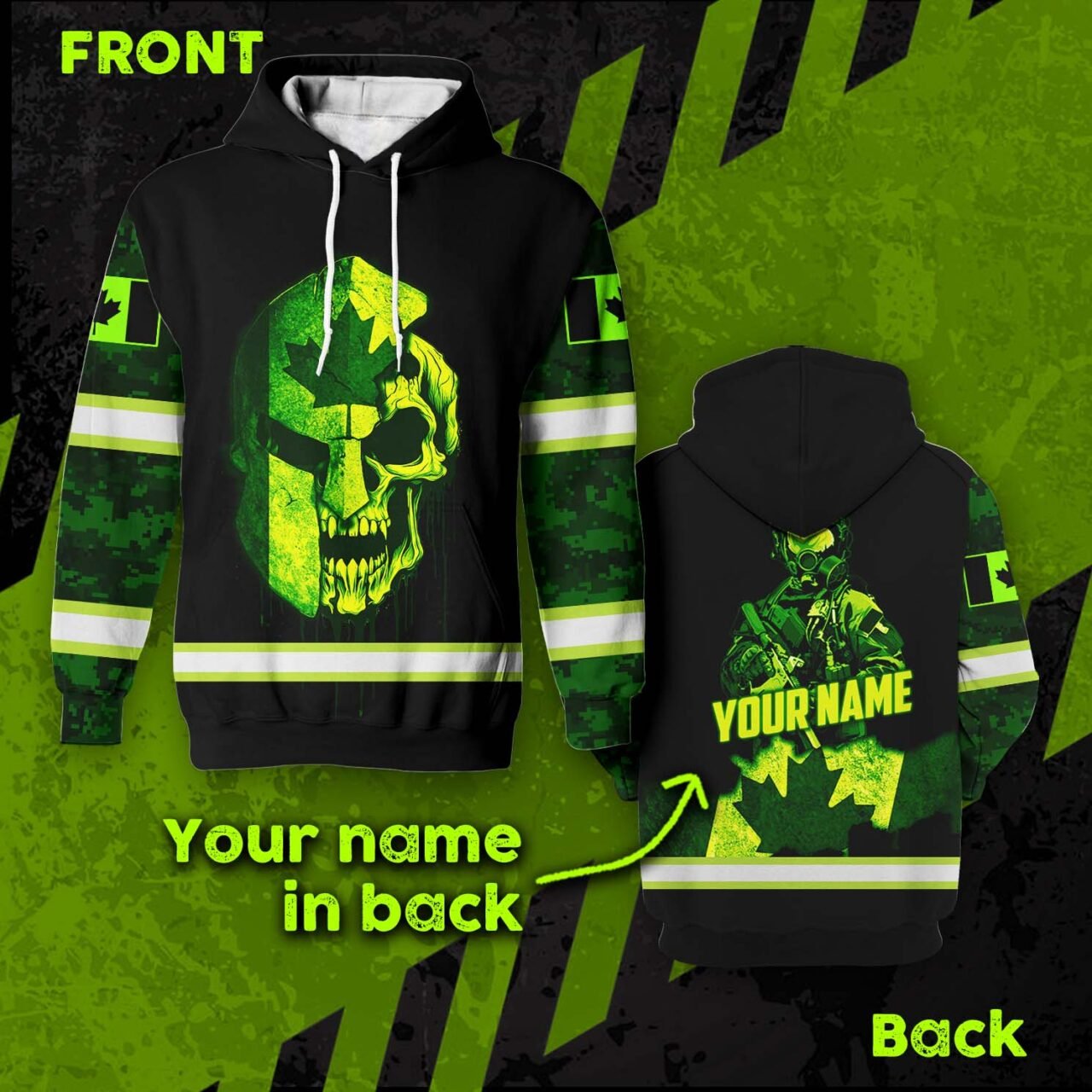
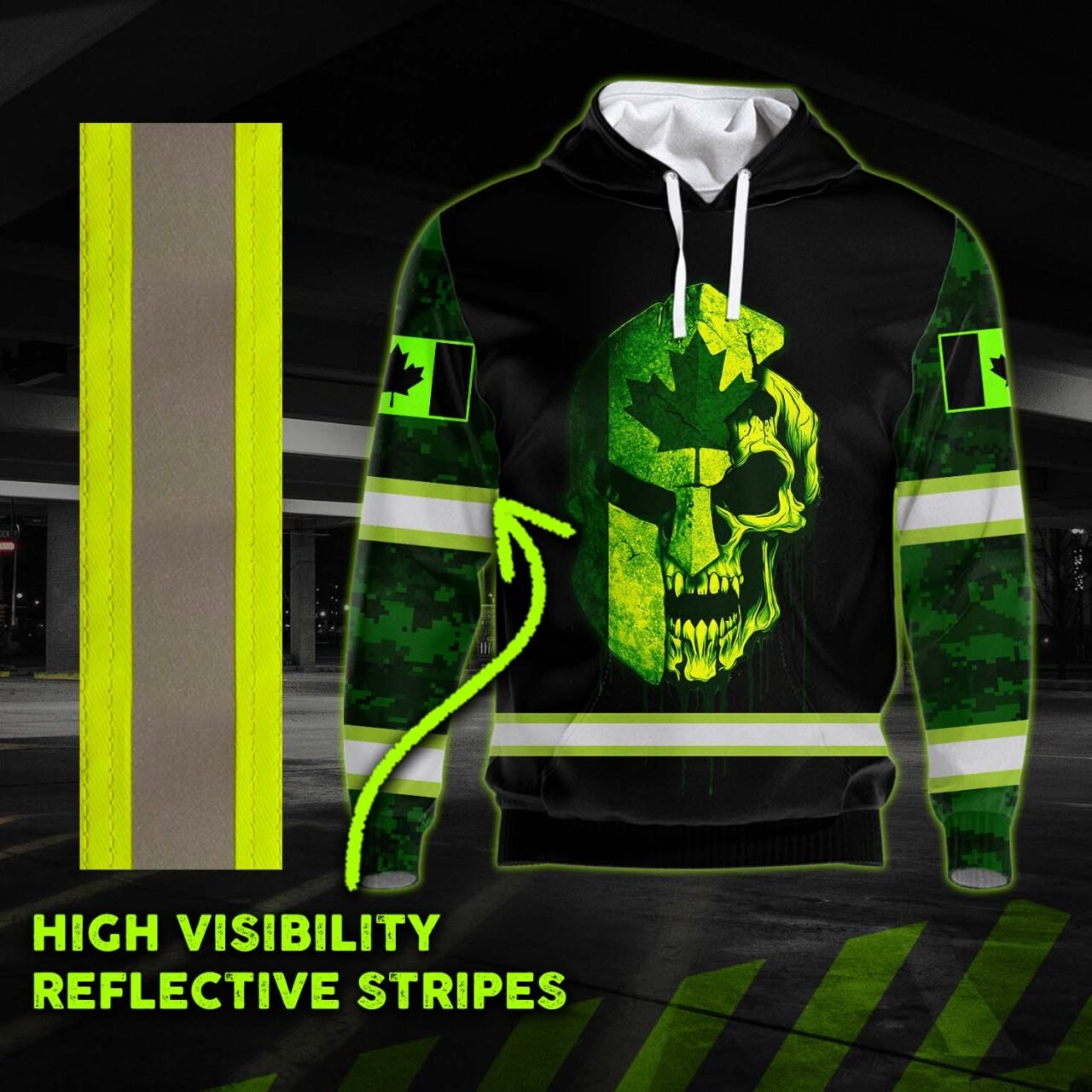
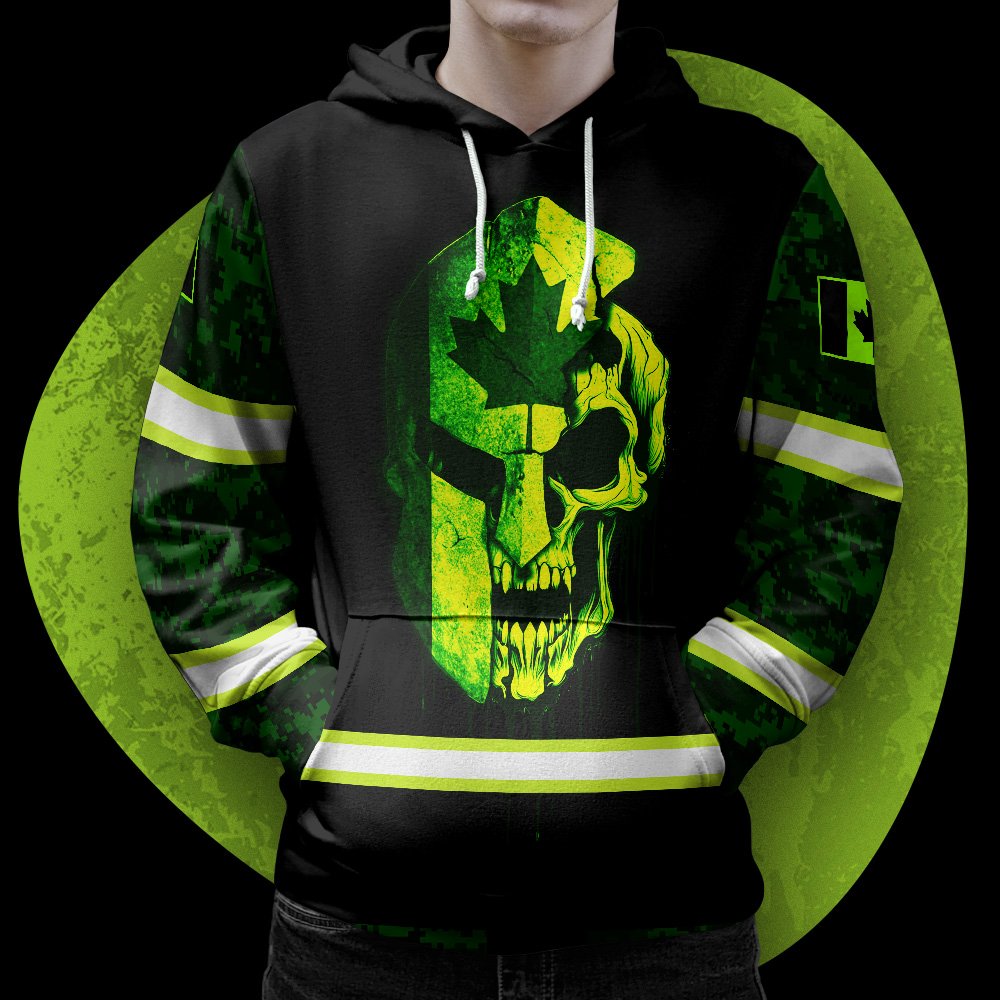
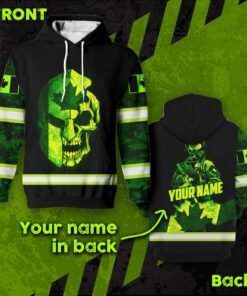
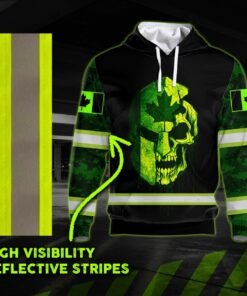
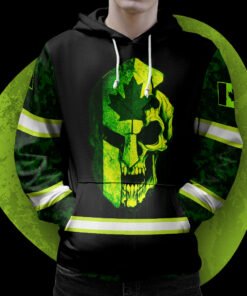
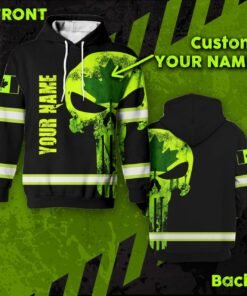

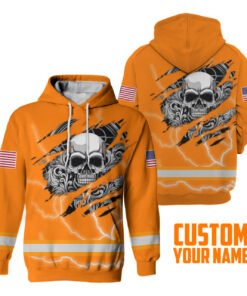
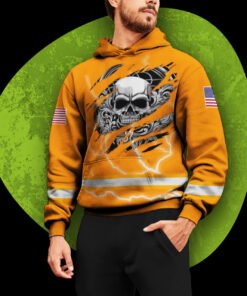
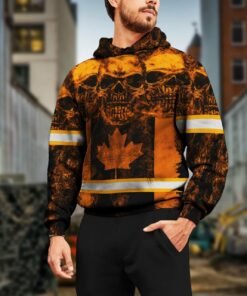
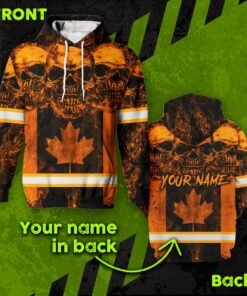
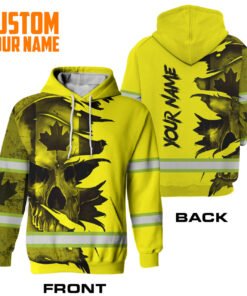

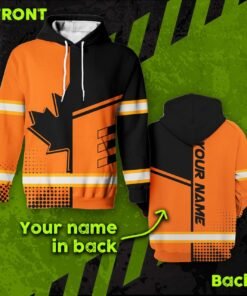
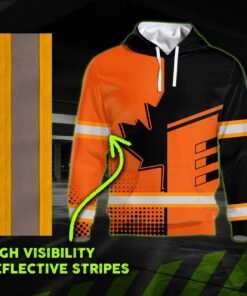
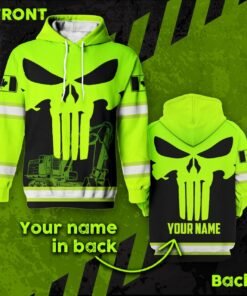
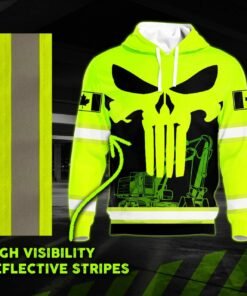





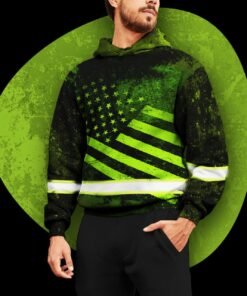
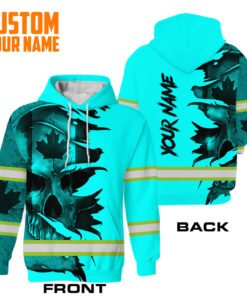
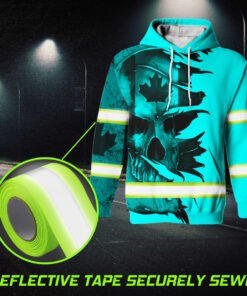



Reviews
There are no reviews yet.